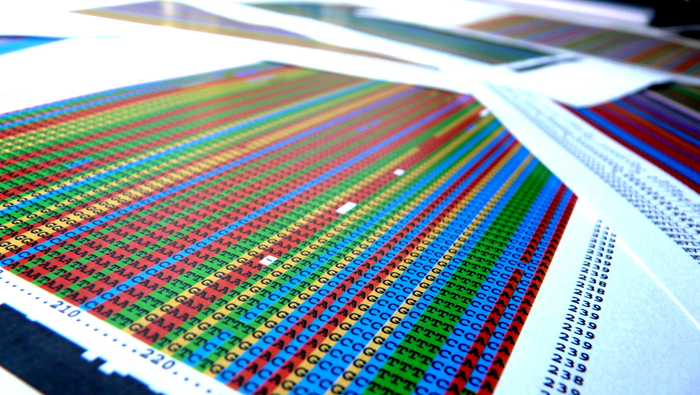For the first time, the thousands of mutations capable of triggering tumors have been identified;
then they were analyzed in order to recognize similarities and differences, until they were organized into 58 models, immediately transformed into a tool for obtaining more precise diagnoses and more targeted and effective therapies.
The research, published in the journal Science, is an important step towards personalized cancer care.
To discover the molecular signatures of tumors was an international group born from the collaboration of geneticists and bioinformatics experts, coordinated by the British University of Cambridge, and the research was based on the analysis of the DNA sequences of over 12,000 tumors that affect the human beings, identified in the large genetic databases of the 'Genomics England' and '100,000 Genomes' projects.
To these were then added other sequences, from smaller databases, which brought the total to 18,000.
"It is the largest study in the genome sequencing of cancers affecting humans, in which every single element of the genetic sequences of tumors has been analyzed," notes Serena Nik-Zainal, who led the research.
The first signature of the article is by the Italian Andrea Degasperi, who has worked in Great Britain for many years and is currently a member of the Cancer Research Unit of the Medical Research Council (MRC) at the University of Cambridge.
"Genome-wide sequencing of tumors gives us a complete picture of all the mutations that have contributed to cancer in each individual," notes Degasperi.
"With thousands of mutations for every form of cancer,
The great challenge of this research was in fact to be able to put order in that chaotic set of thousands of DNA mutations that characterize the cancer genome and the tool were the most up-to-date techniques of sequencing and genetic analysis.
"In doing so - says Degasperi - we discovered 58 new mutational signatures".
They are molecular signatures that allow, for example, to reconstruct the sequence of mutations that led to the formation of a tumor.
It has also been found that some mutations are more frequent, ie common to many patients, while others are individual.
All together, they become an unprecedented reference point, a kind of Rosetta stone to be able to identify the signature of each tumor in the precise way.
For this reason, the researchers decided to make the map "a tool that would allow us to use this new information in the clinic, to have more precise diagnoses and more efficient therapies," says Serena Nik-Zainal.
"Molecular signatures of tumors - he adds - are like fingerprints at the scene of a crime: they help identify the culprits of cancer. Some have clinical or therapeutic implications because they can highlight anomalies to be targeted with specific drugs, or they can indicate a potential Achilles' heel in individual tumors ".
The tool is a computer program called FitMS (Fit Multi-Step) and will help, he notes, "to identify old and new mutational signatures in cancer patients, to deal with the disease in the most effective way."

